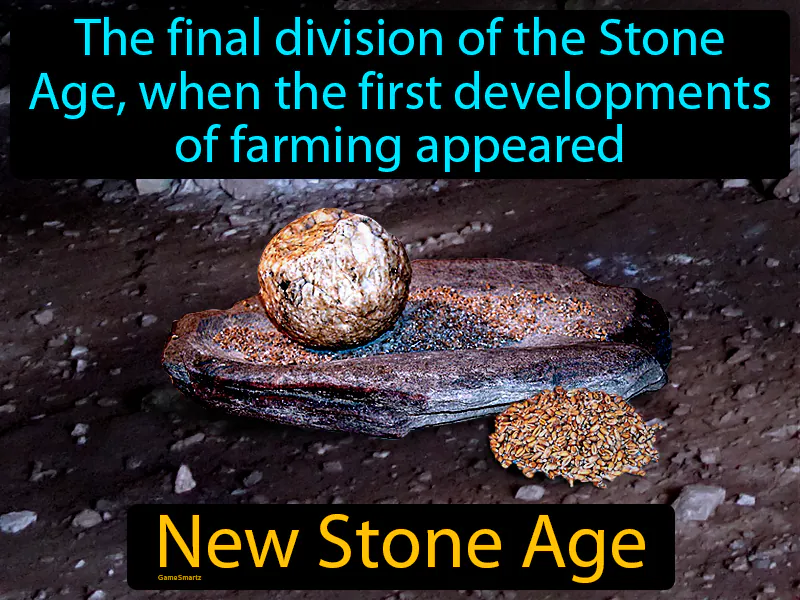New Stone Age
New Stone Age: Easy to understand
The New Stone Age, also known as the Neolithic Era, was important because it marked the shift from nomadic hunter-gatherer societies to settled agricultural communities. This change led to the development of permanent homes, villages, and eventually cities, laying the foundation for modern civilization. The transition to farming highlighted tensions between the need for land and resources, ideas that still matter today as we manage population growth and environmental concerns. This era impacts people's lives now through the food we eat, as agriculture remains a central part of our daily sustenance. For example, farming practices developed during the New Stone Age enable us to have a variety of fruits, vegetables, and grains on our plates every day.

Practice Version

New Stone Age: The final division of the Stone Age, when the first developments of farming appeared. New Stone Age. The New Stone Age, or Neolithic Era, marked the transition from hunting and gathering to farming and settling in permanent communities.